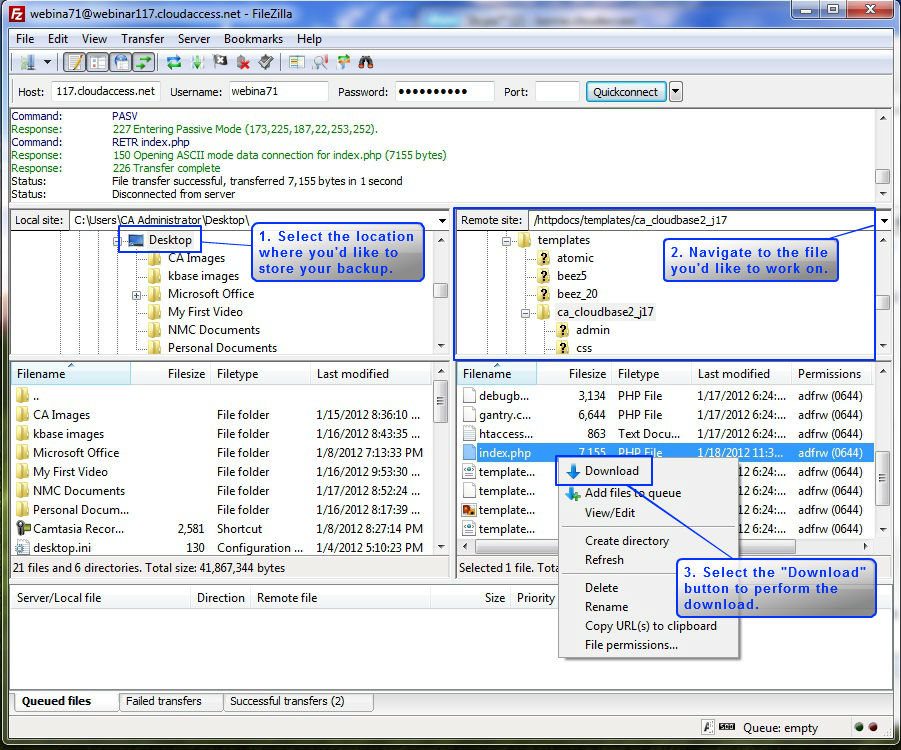
Yom hazikaron/euroleague clash coming to a head for macbeth. When you back up your Quicken data, you preserve your financial information (including reports, passwords, accounts, and attachments). This is a way to safeguard your records in case of computer failure or as a means of moving your data from one computer to another. Please note, a Quicken data file has the extension.QDF while a Quicken backup file has the extension.QDF-Backup (or quicken.backup in Mac). Important: A cloud backup is not automatically created when you back up your data file. However, the Subscription release of Quicken that you can use for your Quicken backup files.
If you would like to backup certain files or folders, navigate to the Backup Tab and click Select by Files and Folders. Here you can select which files/folders you wish to backup by simply navigating through your file structure and checking the boxes next to each item you want to include. The Backup Manager offers the automatic file selection feature. It is a quick and easy way to populate your backup selection for the 'Files and Folders' data. Depending on your Carbonite plan, drives can also be selected for backup. Windows File Explorer: Right-click the files you wish to back up and select. A file and folder backup is a useful way to backup your working files, personal files and precious data. Unlike other backup solutions Macrium Reflect can backup open and locked files by using Microsoft Volume Shadow copy Service (VSS). You can backup your Documents folder and save the backup as an XML file for easy re-running and scheduling.
Quicken for Windows Backup in Quicken for Windows. • Select File > Backup and Restore > Backup Quicken File. • You'll have two options for backing up your data: you can back up to your computer or an external drive (like a USB thumb drive), or, you can use Dropbox. • To help identify your latest backup, you can put a check next to Add date to backup file name. • Quicken will display the location where your backup will be saved (click Change. If you want to change this location), along with the name of the backup file (typically this is your Quicken file name followed by.QDF-backup). • Click Back up Now.
Backup to a USB thumb drive, CD, DVD, etc. • Select the File > Backup and Restore > Restore from Backup File.
• Select Restore from your backup, then click Browse. • Browse your computer or external media to find the backup file you want to restore. The Quicken backup file has the extension.QDF-Backup. • Select the file to restore and click Open then Restore Backup. • On the following prompt you will be given the option to overwrite the file you have open or to create a copy of the backup you're restoring. • If you Create a copy, you will need to select a location to save the copy to and you will also need to give the copy a unique file name.
After naming the file and selecting the location, click Save, then click Yes to open the restored file. • If you are restoring a file over the current file, click OK to overwrite the current file then click Yes to open the restored file. What does it mean to overwrite a file?: Restoring a backup file replaces your current data with the data stored on the backup disk. Be aware that you'll lose any changes you made since the backup was created.
If you want to preserve the current file, you must rename the current file or the file you are restoring. We recommend to avoid overwriting files. Restore an automatic backup. Quicken creates a historical copy of your data every seven days and stores five of these copies in a BACKUP folder. If the backup file you've created becomes damaged, you may be able to restore an automatic backup and save yourself the need to reenter some data. Check to see if automatic backups are turned on (this is on by default) • In Quicken, select Edit > Preferences.
• Under Setup on the left, choose Backup. • Make sure there is a check mark next to Automatic Backups. • Next to Automatic Backups, there is an Open backup directory link that links directly to your BACKUP folder - a good way of finding them fast. • Choose to back up your Quicken data file after running Quicken X times (between 1 - 99). • Choose how many backup data files you would like to save (between 1 - 99 copies). Restore an automatic backup • In Quicken, select File > Backup and Restore > Restore from Backup File. • Select Restore from automatic backups.
Find My Backup Files

• Select the file to restore. • Click Restore Backup. • On the following prompt you will be given the option to overwrite the file you have open or to create a copy of the backup you're restoring. • If you Create a copy, you will need to select a location to save the copy to and you will also need to give the copy a unique file name. After naming the file and selecting the location, click Save, then click Yes to open the restored file.

 0 kommentar(er)
0 kommentar(er)
